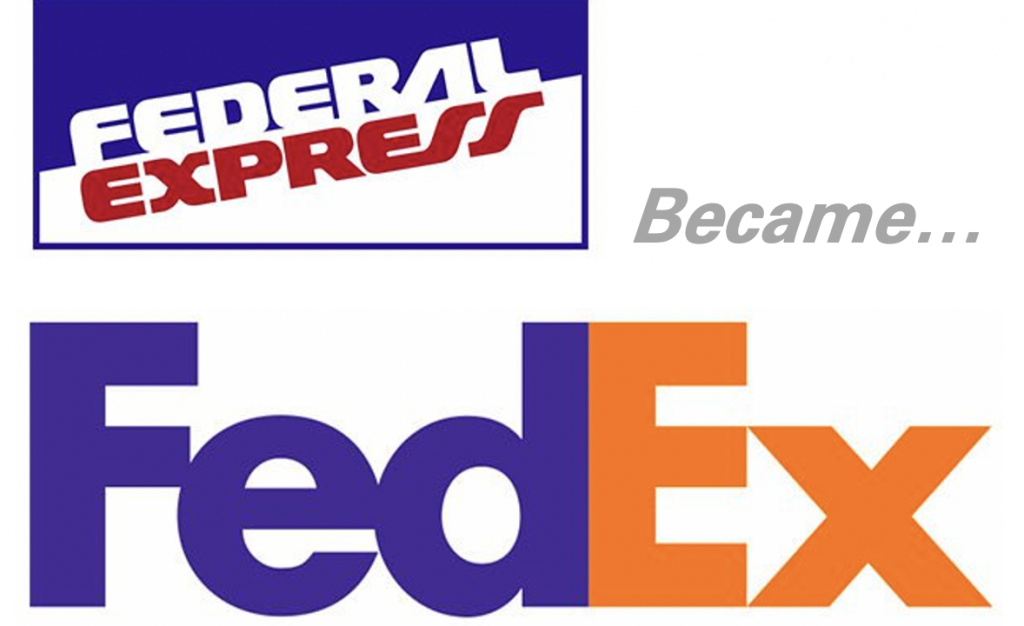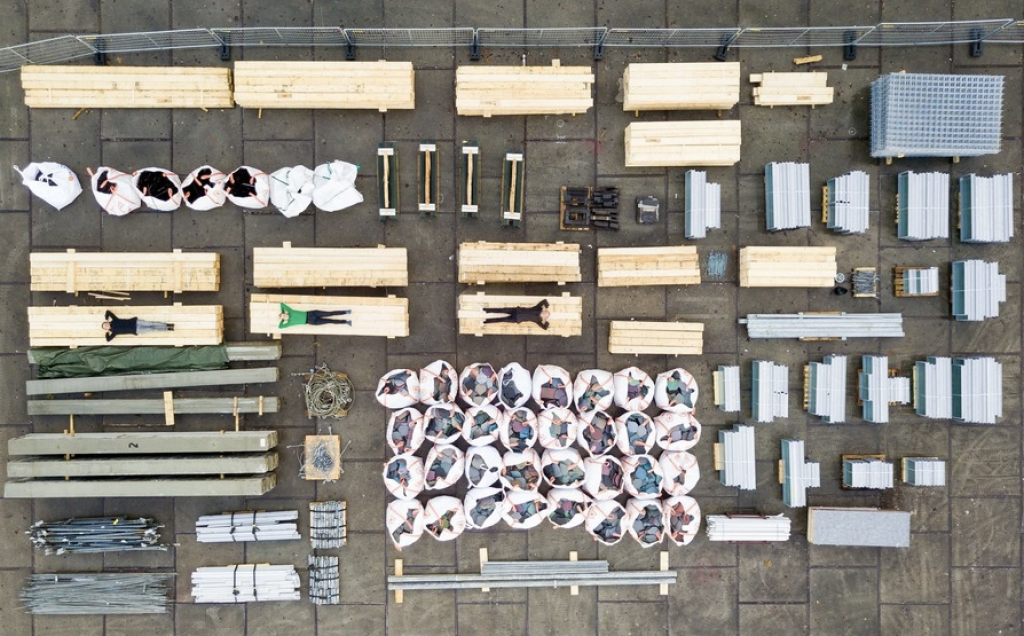We landed a man on the moon before we had wheeled suitcases. Wait. I’ll do one better. We were orbiting space shuttles before we had wheeled suitcases. I heard this fact years ago and it blew me away. I asked, why?
It took an inside guy solving his problem his way. Picture modern travel luggage. Wheels on the bottom, telescoping handle on the top, right? Robert Plath invented this in 1987 in outside of his day job as a Northwest Airlines pilot. (United States patent 4,995,487, if you’re interested.) It was a classic garage inventor success story. Plath developed and tested the prototypes, the idea took off, and he founded Travelpro and began selling the suitcases under the label Rollaboard.
The first design lesson: the person doing the job is the right person to ask about how to improve the job. Good security is usable security.
A while back, I was consulting on a privileged access management (PAM) security capability. The security objective was that all administration be performed from a dedicated laptop, using a separate credentials, through sessions that were monitored and recorded. Try selling that level of control, that level of friction, and that level of change to the administrators. Yeah. Good luck with that approach.
Instead, we found the Robert Plath of systems administration. Instead of pitching security, we asked him how heavy his bags were to carry. The team approached PAM as an admin productivity project. Wheels on bottom. Telescoping handle on top. The resulting privileged access workstations (PAWs) reduced access time and simplified systems administration tasks. While the PAM controls added friction, due to the insights and efforts of Plath the systems admin, these were offset by time savings. This is the inside edge that collaboration can bring.
Returning to the actual Robert Plath, there’s one more lesson in designing capabilities. Surely, you must be thinking, other people thought to add wheels to suitcases in the first six decades of commercial air travel. You’re right. Bernard Sadow came up with a design decades before Plath. (United States patent 3,653,474, again, if you’re interested.) It’s effectively a traditional suitcase with castors on one side. I have one. Let’s just say it isn’t the easiest luggage to use. But that wasn’t the main problem. Adoption and culture was.
Bernard Sadow made luggage. Robert Plath flew planes. Sadow had to sell into the market. This ran into cultural issues because, back then, one sure way to show your strength as a man was to carry luggage. Plath just handed his prototypes to flight crews. Not only was Plath’s luggage better, suddenly, it was the cool kids’ luggage. In other words, Sadow pitched safety glasses and Plath offered Ray-Bans.
The final design lesson is planning for adoption is planning for success. Good security takes flight when widely adopted.
This article is part of a series on designing cyber security capabilities. To see other articles in the series, including a full list of design principles, click here.



